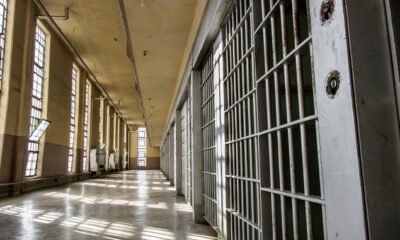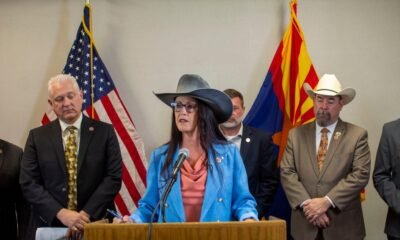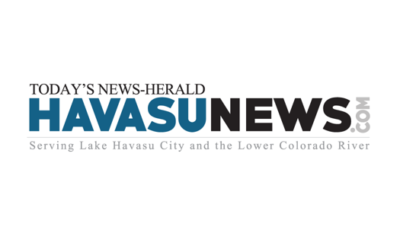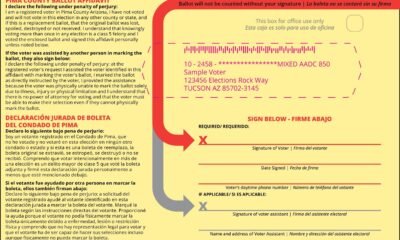arizona
Republicans Push for Swift Election Results in 2026
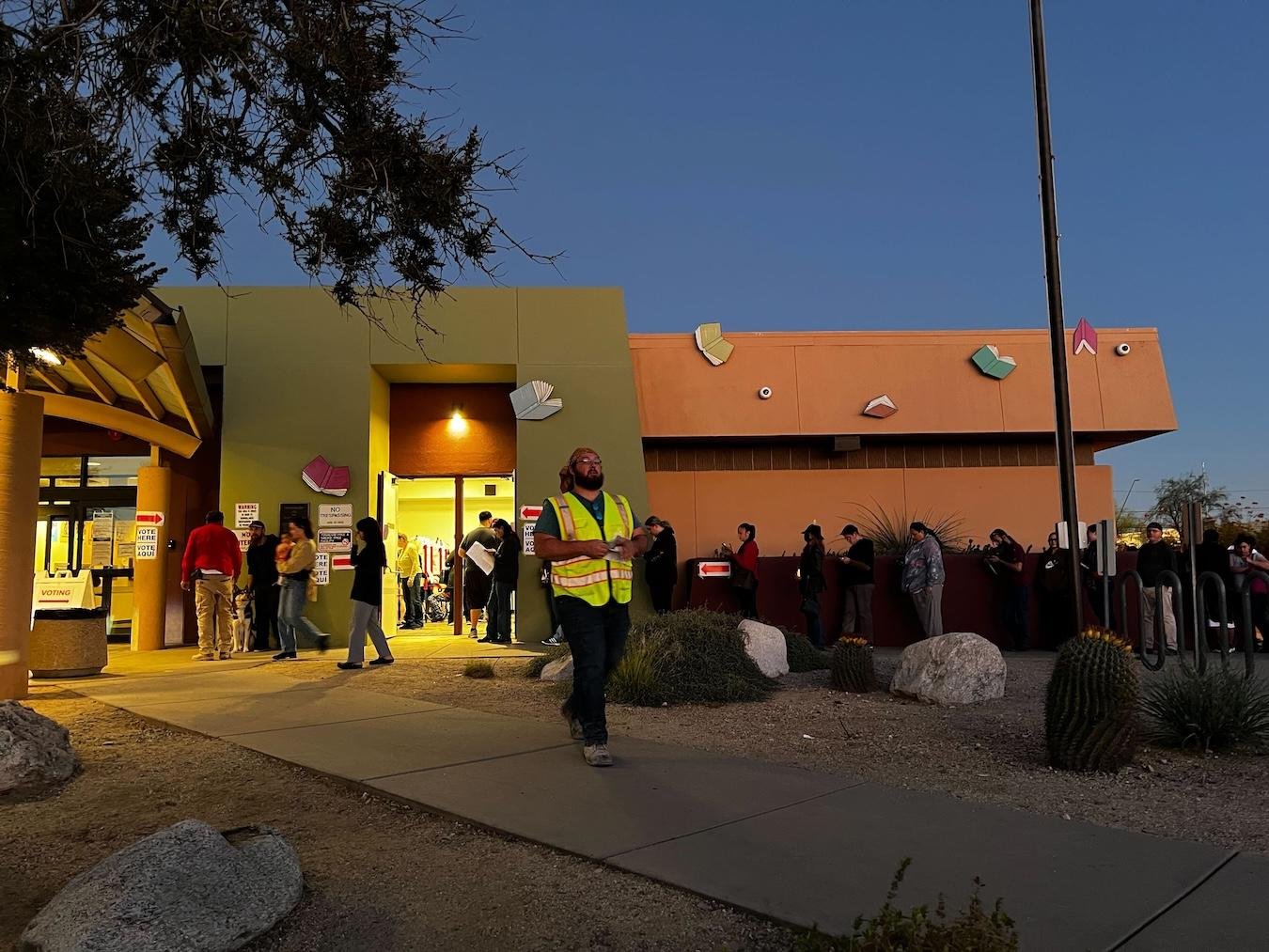
Republican legislators in Arizona have restarted their initiative to modify the state’s election processes, primarily driven by unsubstantiated claims of electoral fraud. This renewed push comes after Donald Trump’s victory in the presidential race and the GOP’s reinforced majorities in the state legislature.
Leaders from both the legislative and election committees communicated to the Arizona Mirror that their proposals aim to hasten the reporting of election results, thereby rebuilding voter confidence. This follows a four-year span where numerous party members propagated baseless allegations of election fraud, echoing Trump’s sentiments about the validity of elections, insisting only those leading to GOP victories were legitimate.
Rep. John Gillette, R-King, emphasized that the core objective of these proposals is to minimize the time taken for ballot tabulation, a matter he believes could dissuade voters from engaging in the electoral process. He asserted, “The accuracy is not even a question,” pointing out that understanding and confidence in result timelines are paramount.
While Gillette remains convinced that fraud occurred in the 2022 elections—when Democrats triumphed in several high-level contests—no substantial evidence has been presented to support claims of widespread voter fraud, all legal efforts to contest the results having failed.
In contrast, Sen. Analise Ortiz, the top Democrat on the Senate Elections Committee, warned that GOP-backed legislative changes targeting election processes risk disenfranchising voters. She argues the intent behind these changes is clearly aimed at suppressing voter turnout.
The Arizona legislature’s 2025 session is set to commence, yet numerous proposed legislative changes have already been introduced. Among them, Senate Bill 1011, sponsored by Senate President Warren Petersen, R-Gilbert, would compel voters returning early ballots after 7 p.m. on the Friday before Election Day to present identification, reducing the window for returning ballots without ID from four days to Election Day.
Although voters could still drop off their ballots at their county recorder’s office without ID until 7 p.m. on Election Day, they would lose access to numerous current drop-off locations. The measure also proposes extending in-person early voting, which would now conclude on the Saturday and Monday leading up to the election, and it mandates all early voters to sign a certificate acknowledging the serious implications of voting fraud.
These proposed changes mirror Florida’s early ballot return regulations, known for delivering prompt election results. Proponents of ending signature verification argue that this would expedite the reporting of results, despite the acknowledgment that these processes were seldom criticized prior to recent elections.
Specific statements from lawmakers reveal a recognition of changing dynamics in electoral processes. “Nobody cared if the results were late in the past,” noted Sen. John Kavanagh, R-Fountain Hills, pointing to the evolving landscape in Arizona’s battleground status.
Democrats assert such measures could lead to confusion among voters and hinder participation. Ortiz voiced concerns that amendments focused on swift election results potentially jeopardize voter access.
Proponents like Kavanagh maintain that clear communication regarding voting rules can prevent misunderstandings. His confidence rests on the belief that informing voters through ballot envelopes will clarify any uncertainties.
Additional plans proposed by Republican representatives include altering early voting procedures, increasing the timeline for when voters can cast their ballots. Yet, there remains significant Democratic opposition to these measures, seen by many as barriers to voting access.
In a separate legislative effort, Rep. Rachel Keshel aims to transform the election landscape further by capping precincts at 1,000 registered voters and banning voting centers entirely. This ambitious plan raises logistical concerns, especially regarding the sufficient location and staffing needs for an influx of precincts.
With over 4.3 million registered voters in Arizona as of October, implementing Keshel’s plan would necessitate over 4,300 polling locations statewide, significantly stressing counties’ resources.
Despite being championed by Gillette, both he and Kavanagh predict that many proposals, including Keshel’s, may struggle to advance through the legislature. History has shown that these proposals face tough scrutiny, as previous iterations have been stymied in the Senate.
